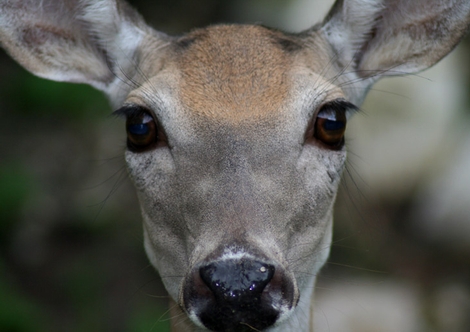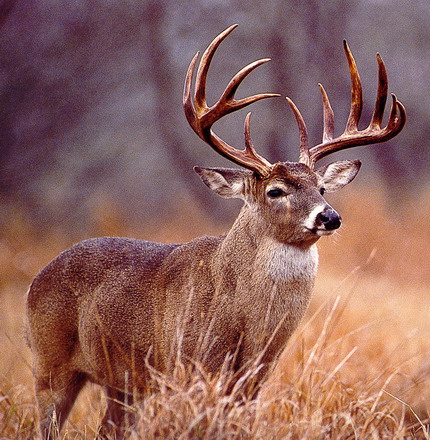
A deer herd should be managed as two separate populations. The female segement of the herd must be managed to maintain productivity. The number of new deer added to the pre-hunt population is a function of the number of fawns born and their survival until until the fall. The number of fawns born is primarily determined by the number of does, but the survival of fawns, however, is mostly dependent upon the physical condition of does, although predation is certainly a factor is some situations. Continue reading “Harvest Rates for White-tailed Does”

